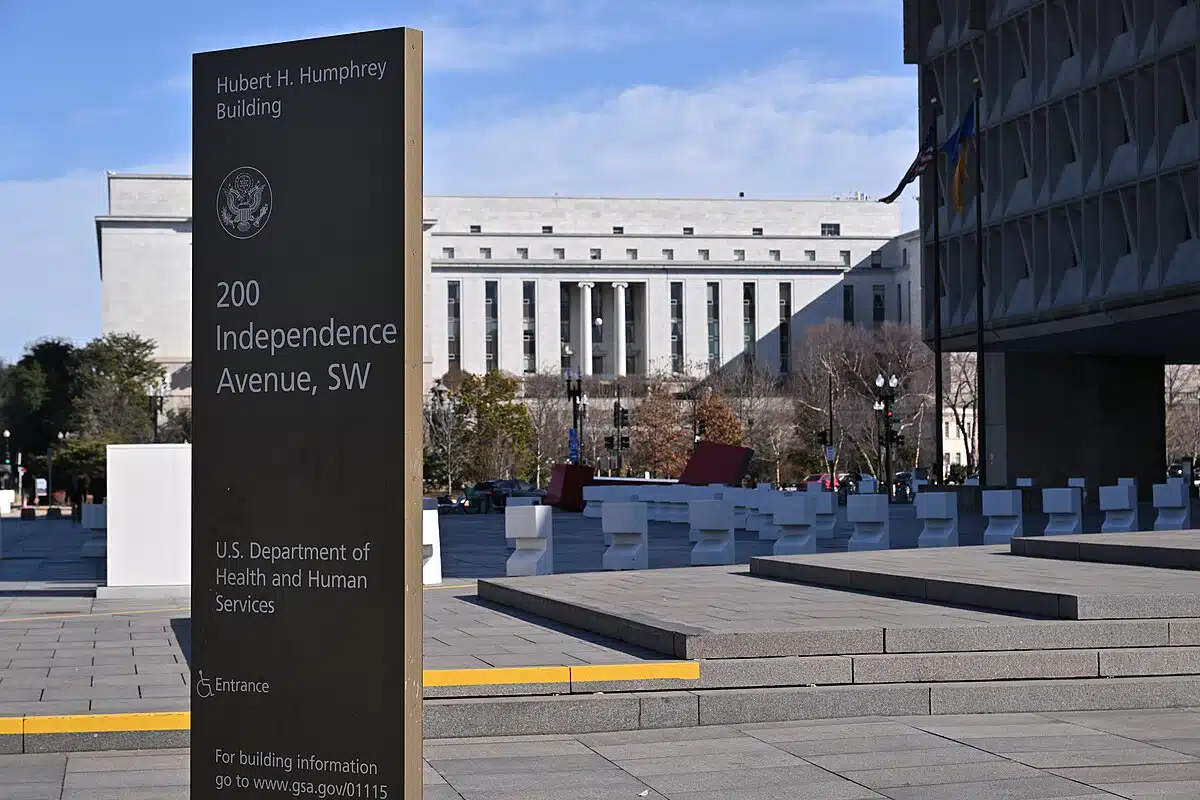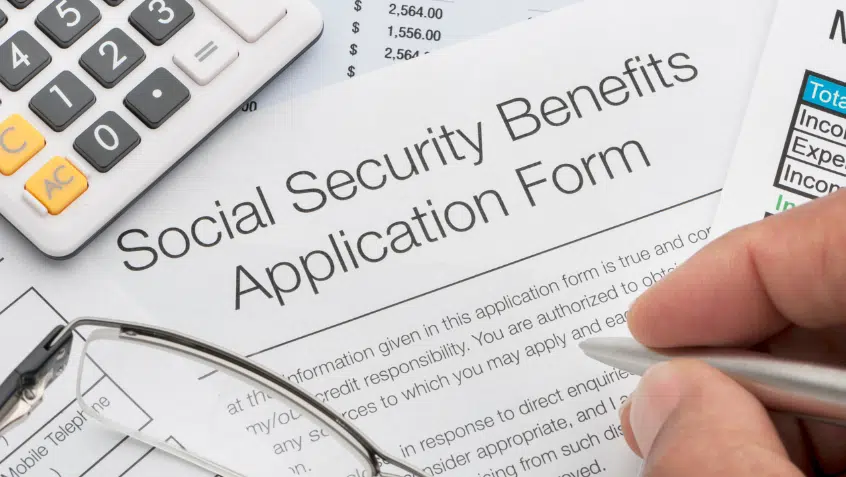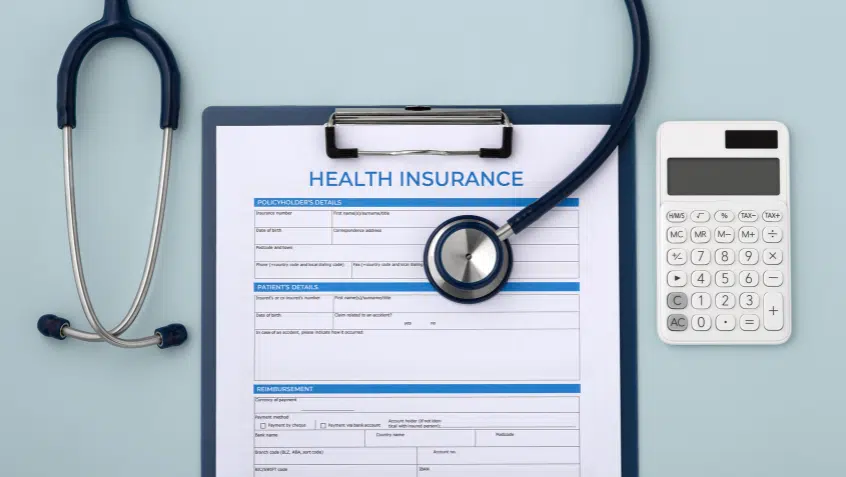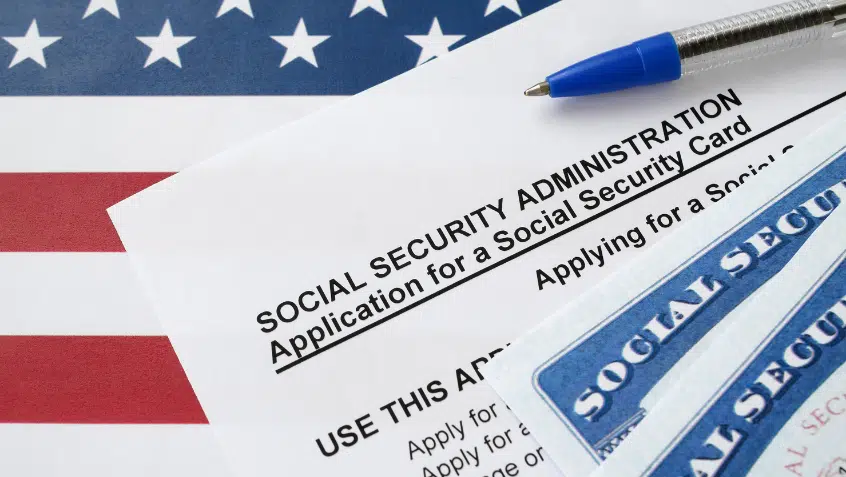Improving the Part B Late Enrollment Penalty

While most older adults are automatically enrolled in Medicare Part B because they are receiving Social Security benefits at age 65, a growing number are not. In 2016, only 60% of Medicare-eligible 65-year-olds were taking Social Security, compared to 92% in 2002.
Several factors are responsible for this shift, including the decoupling of the Medicare and Social Security eligibility ages, changing demographics, and evolving employment patterns. For example, more older adults are working later in life and deferring Social Security, though they may not realize that doing so impacts their Medicare enrollment and coverage. Others may choose—appropriately or not—to delay Medicare in reliance on other coverage, such as an employer-based plan.
Unlike those who are automatically enrolled, when this cohort signs up for Part B they must actively navigate a thicket of complicated Medicare rules and stringent deadlines. Mistakes are common and carry serious consequences, like harsh late enrollment penalties.
The Part B late enrollment penalty (LEP) was designed to encourage individuals to enroll in Medicare when they are first eligible, rather than waiting until they are sick and more costly to insure, and ultimately to guarantee a balanced Medicare risk pool. But because Medicare enrollment rules are so complex, many people end up paying the LEP due to honest error. The impact on these beneficiaries is significant. For as long as they have Medicare, they must pay their monthly Part B premium plus an additional 10% for each year they delayed signing up. In 2021, an estimated 779,400 Medicare beneficiaries were paying the Part B LEP, with the average penalty increasing their monthly premium by nearly 30%.
A recent issue brief from the AARP Public Policy Institute (PPI) examines these delays, penalties, and opportunities for reform.
Who is Paying the Part B LEP?
AARP PPI found notable differences in the likelihood of paying a Part B penalty depending on demographic and geographic factors like age, race and ethnicity, and state of residence. In 2021, a higher proportion of older Medicare enrollees paid Part B LEPs compared with younger enrollees (3% of those 95 and older, 2% of enrollees aged 85 to 94, and less than 1% of 65- to 74-year-olds). The share of Part LEP-payers was higher among American Indian/Alaska Native (2.5%), Hispanic/Latino (2.1%), Asian/Pacific Islander (1.8%) and Black (1.6%) enrollees than among White enrollees (1%).
Late-enrollment penalties affect people in every state, but at varying rates. In 2021, the portion of Part B enrollees paying a penalty ranged from 0.7% in Indiana to 3.1% in the District of Columbia. In Puerto Rico, the share of LEP enrollees jumped to nearly 5%, likely because “unlike Social Security recipients living in the 50 states and the District of Columbia, people living in Puerto Rico who already receive Social Security benefits do not get automatically enrolled in Part B at age 65.”
Policy Options
Policymakers could modernize Medicare enrollment and the Part B LEP in ways that would strengthen the financial security of beneficiaries and the program. As outlined below, the potential approaches that AARP PPI recommends include strategies to improve outreach to beneficiaries and lower their costs.
- Pass the BENES 2.0 Act — The bipartisan Beneficiary Enrollment Notification and Eligibility Simplification (BENES) 2.0 Act (S. 1687) would require Medicare to alert people approaching eligibility about the actions they must take and the deadlines they must meet. This information could reduce the number of people who incur late-enrollment penalties because of mistakes. One study estimates that about 20% of people paying the Part B LEP did not know about these penalties at the time they reached age 65.
- Ease Access to Medicare Savings Programs — When an individual is enrolled in a Medicare Savings Program (MSP) that pays their Part B premium, they do not have to pay a Part B penalty. However, the MSPs are chronically under-enrolled, while outdated systems and eligibility rules further hinder access. Streamlining rules and otherwise increasing program uptake would expand participation and protect more people from costly LEPs.
- Help Beneficiaries Avoid and Remedy the Part B LEP — Another way to reduce the burden of penalties is to help more people avoid or correct them by using certain exceptions, such as the special enrollment periods (SEPs) created by the original BENES Act. AARP PPI notes that many people who qualify for these opportunities may not be aware of them, and that additional information from Medicare could fill those education gaps.
- Lessen Cost Burdens — Currently, half of all people with Medicare, over 30 million older adults and people with disabilities, have annual incomes below $36,000 and one quarter have less than $16,950 in savings. Most beneficiaries simply cannot afford to pay more for their coverage. Limiting the Part B LEP in amount, duration, or both would recognize its overly burdensome nature, and bring in more into alignment with penalties found elsewhere in the program.
The Part B LEP needs comprehensive reforms. Medicare Rights frequently hears from people who inadvertently failed to enroll in Medicare on time and are living with the harmful fallout. Absent solutions, more Americans will experience these pitfalls — the population is aging rapidly, working later in life, and the gap between Medicare and retirement benefit eligibility continues to grow. With an increasing number of individuals staring down critical Part B enrollment decisions, now is the time for systemic improvements.
We urge Congress to intervene without delay to simplify Medicare enrollment, support informed beneficiary decision-making, and right-size any hardships. The BENES 2.0 Act’s clear and simple advice to those approaching Medicare eligibility would help, as would reducing or eliminating the Part B LEP, expanding access to relief, gathering additional data, and bolstering MSP participation. We look forward to working with advocates and policymakers to advance these goals.
Read Medicare Rights fact sheet, Medicare Part B Enrollment: Pitfalls and Solutions.
The Latest
Most Read
 Trump Administration and Elon Musk’s DOGE Closing Social Security Offices, Harming Access to Services
Trump Administration and Elon Musk’s DOGE Closing Social Security Offices, Harming Access to Services  Threats to the Social Security Administration and to Benefits Continue to Raise Alarm
Threats to the Social Security Administration and to Benefits Continue to Raise Alarm  New Resources Show House Budget Would Slash Medicaid, Despite Voters’ Support of Program
New Resources Show House Budget Would Slash Medicaid, Despite Voters’ Support of Program  Federal Government Funding Decisions Loom
Federal Government Funding Decisions Loom
Add Medicare to Your Inbox
Sign up to receive Medicare news, policy developments, and other useful updates from the Medicare Rights.
View this profile on InstagramMedicare Rights Center (@medicarerights) • Instagram photos and videos





